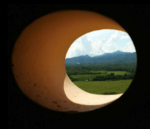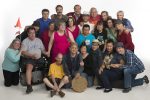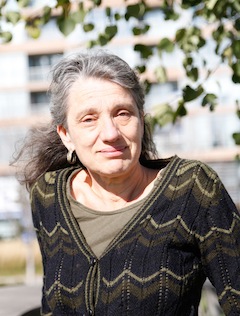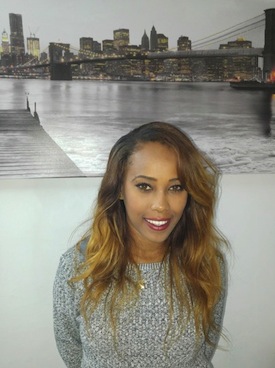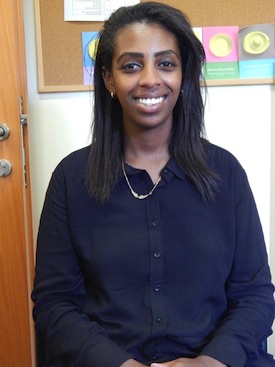Jewish tradition says that all Jews were at Sinai. The people of Israel who fled Egypt received the Torah, but not just the travelers from the Exodus story were there. In the Jewish narrative, the handing down of the word was so definitive and essential that even Jews not yet in existence – up to the present day and on into forever – were said to have been present when Moses descended from the mountain. So profound was this moment that every Jew in all of eternity needed to be there to witness it.
Talk about togetherness! A people who humour portrays as intrinsically divided – “two Jews, three opinions”; the lone Jew rescued from the desert island who had built two synagogues (“The one I attend and the one I’d never set foot in”); “Everyone to the right of me is meshugenah, everyone to the left of me is a goy”; the jokes are endless – all in the same place at the same time, all united (well, except for the little golden calf incident).
It is tempting to imagine the Jewish people today as more divided than ever, at least in recent memory, especially in contrast with the aforementioned story of togetherness across all time and space. The various divisions in the local and global Jewish community are exacerbated by significant divisions in the body politic in Israel.
It may be true. Perspective on the forest is difficult when you are surrounded by trees. The present reality depends on the future. If the current political situation in Israel proves to be an aberration – if the proposed judicial reforms were to fail, say, and attempts to impose a more permanent intolerant conservative and religious imprint should falter – future Jews might look back on this moment as just one of Jewish history’s eras of communal discord. On the other hand, the future may cite this critical moment as a turning point.
There have been many turning points in Jewish history, of course. The Exodus was a pretty big one. Another big one was the declaration of the state of Israel, tangibly marked by the signing of the Declaration of Independence. And there have been many more turning points in between.
In an article recently, the chairman of the World Zionist Organization, Yaakov Hagoel, makes an interesting historical connection. Like the unity at Sinai, he argues that all Jews were present in Tel Aviv on that day in May 1948, each adding their name to that historic scroll.
“Beside the 37 actual signatures on it,” he writes, “there are millions more invisible signatures. Everyone has signed the Declaration. Each of us with his own special pen, values, stories and hopes. Over the years, we learned to unite around the Declaration, adding more and more signatures. Today, the Declaration is the basis of Israeli identity for all.”
The Declaration is indeed a model of compromise and inclusion. Notably, the inclusion of the “Rock of Israel,” which could be interpreted as God by the religious or literally as the rock, the land itself, for those of a less traditional bent.
Today, some enemies (and, frankly, some friends) depict Zionism as inherently a right-wing ideology. Of course, it is not. The belief that Jews have the right to national self-determination transcends politics. Zionism is not left, right, centre or limited to any other segment. It is a universal belief, inclusive of all who believe in the right of Jews to be “a free people in our own land.”
This is a pretty idea, easier in theory than in practice. Recently in this space, we lamented the large number of Israelis who say they are prepared to abandon the enterprise and leave Israel. We cannot judge people for the choices they make in their lives. Israel is not an easy place to live. Most, if not all, of us reading this right now do not live in Israel. We can, though, do everything in our power to advance an Israel and a Zionism that is inclusive … a Zionism that recognizes the diversity – as well as the unity, obscure though it may seem at times – among the Jewish people. We can commit what voice and power we have to advancing an Israel that not only encourages those already there to stay, but makes it a welcoming homeland for Jews everywhere, both in the present and in the future. Even, we might add, an Israel that is welcoming to Jews of the past – that is, respectful of the diversity they represented. The 37 diverse Jews who put pen to parchment 75 years ago represented the spectrum of Jewish ideas and visions at the time. The least we can do is attempt to do the same.

